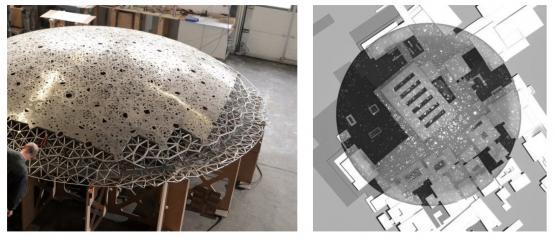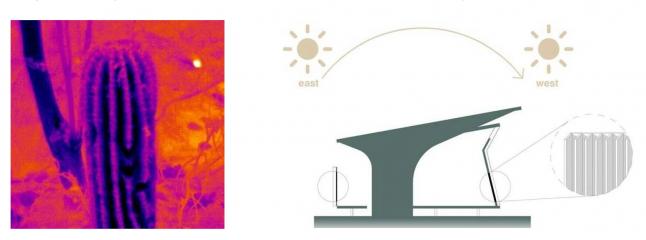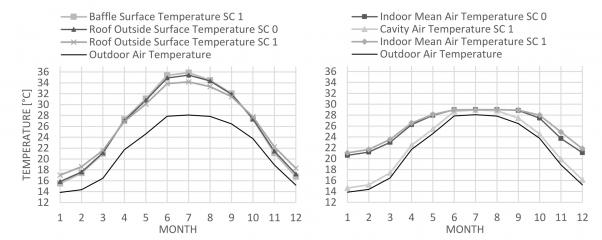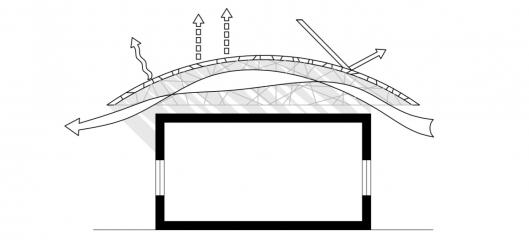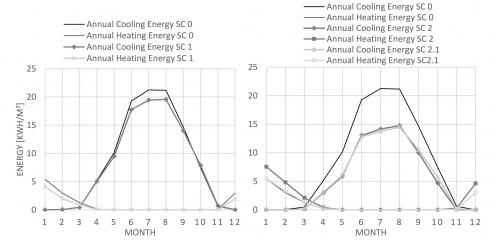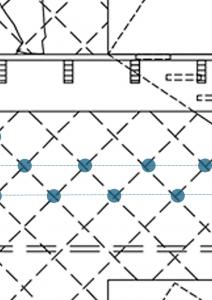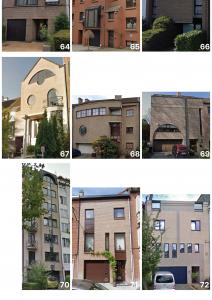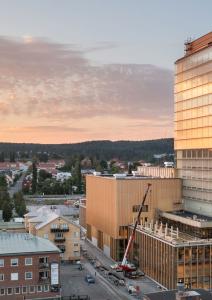Biomimicry and biomimetic design
Improving thermoregulation of buildings through roof designs in hot and arid climates

Which principles inpired by Nature can provide better and sustainable roof design?
The inefficiency of buildings to thermoregulate their indoor conditions is the direct consequence of the rising dependency on mechanical cooling and heating systems used to achieve thermal comfort of their occupants. In hot and arid climate regions, 70 to 80 percent of the electricity consumption comes from cooling energy demand, resulting, for some countries, in an unusual increase in electricity blackouts observed in the past decades.
In the same regions, the roof surface accounts for half of the heat load entering the building, which results in overheating and discomfort. In nature, biological thermoregulation is a feature that can inspire building envelopes design. Indeed, nature presents solutions to this very problem through millions of years of evolution.
Consequently, this master thesis explores the potential of biomimetic and thermoregulating roof designs to enhance energy performance of buildings in hot and arid climate regions. First, the climatic context of the thesis is delineated, and we assemble a set of biological role models relevant to thermoregulation in architecture. The identification of thermoregulating roof typologies is boiled down to three roof classes, later further detailed in subclasses: the protective, selective, and vernacular roof typology. Subsequently, seven case studies relevant to the architectural expression of roof designs, biomimicry, or roof cooling strategies are assessed comparatively through a specific combination of the defined roof typologies incorporated in an embodied performance scheme.
Finally, six theoretically promising roof typologies are explored with simulation using EnergyPlus and DIVA for Rhino, and applied to the flat roof of a typical school building in Egypt. From these examples, we demonstrate the potential of biomimicry in thermoregulation through roof design.
- Academic year
- 2021-2022
- Date of defense
- 30 September 2021
- Theme
- sustainable architecture, nature-based design, digital tools
- Director 1
- Ahmed Khan (ULB)
- Director 2
- Filip Descamps (VUB)


